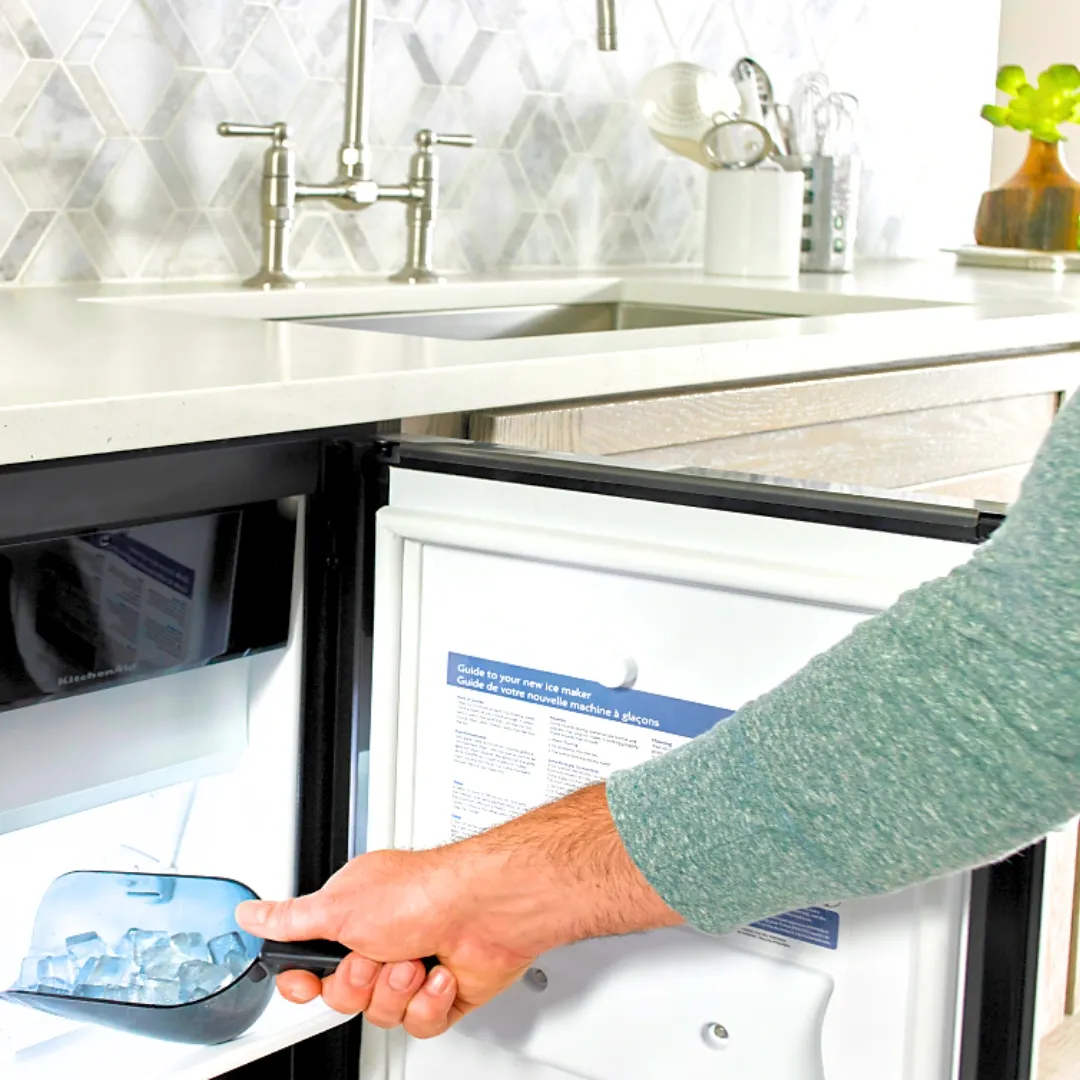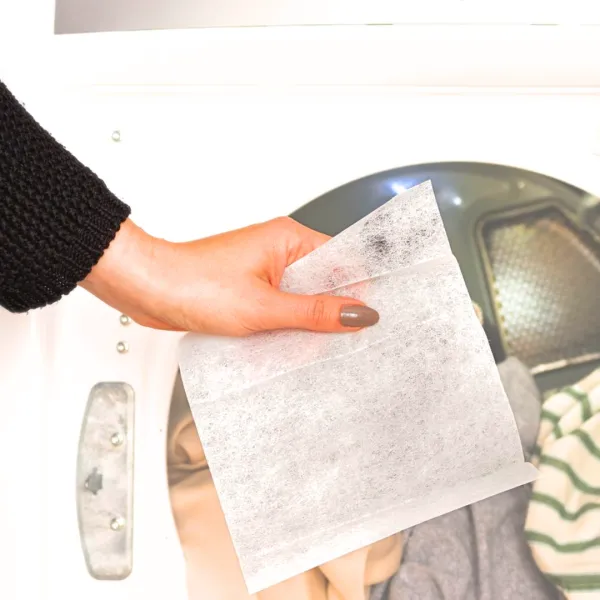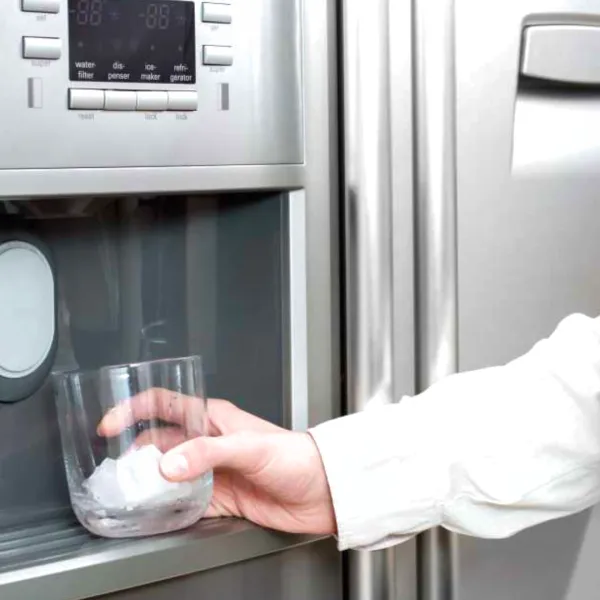The Ultimate Guide to Cleaning Your Ice Maker: Keep Your Ice Fresh and Safe

Table of Contents
Ice makers are essential household appliances that provide us with fresh, clean ice cubes. However, regular use can lead to the accumulation of mineral deposits, mold, and other contaminants. To ensure the quality and safety of your ice, it’s crucial to clean your ice maker regularly. This comprehensive guide covers everything you need to know about cleaning and maintaining both manual and automatic ice makers. To keep your other appliances in top condition, check out our articles on DIY appliance repair in Nashville, expert appliance repair with NashFix, and keeping appliances running properly.
Safety Precautions
Before beginning the cleaning process, follow these safety precautions:
- Unplug the ice maker or switch off the power supply.
- Turn off the water supply.
- Gather necessary cleaning supplies, such as a soft cloth, mild detergent, and a soft brush.
- Wear gloves to protect your hands from chemicals and bacteria.
- Keep a clean, dry towel nearby for wiping down surfaces.
Manual Ice Maker Cleaning
Manual ice makers, commonly found in refrigerators, require periodic cleaning to ensure optimal performance. Follow these steps:
- Remove the ice bin and dump any ice inside.
- Wash the ice bin with warm, soapy water, then rinse and dry thoroughly.
- Wipe down the interior surfaces of the ice maker with a damp cloth and mild detergent, avoiding abrasive cleaners.
- Dry the interior surfaces with a clean, dry towel.
- Reassemble the ice maker, ensuring all components are properly aligned and secured.
For other household appliances, consult our guides on refrigerator repair, freezer repair, dishwasher repair, cooktop repair, stove repair, oven repair, garbage disposal repair, and trash compactor repair.
Automatic Ice Maker Cleaning
Automatic ice makers, such as standalone or countertop units, may require a more thorough cleaning process. Consult your manufacturer’s instructions, then follow these general steps:
- Remove and empty the ice bin.
- Mix a cleaning solution according to the manufacturer’s guidelines, typically a 1:1 ratio of water and white vinegar.
- Pour the cleaning solution into the water reservoir.
- Run a cleaning cycle following the manufacturer’s instructions. This will typically involve pressing a specific button or sequence of buttons.
- Discard the ice produced during the cleaning cycle.
- Repeat the cleaning cycle if necessary, until no more mineral deposits or contaminants are visible.
- Fill the reservoir with clean water and run a rinse cycle to remove any remaining cleaning solution.
- Discard the ice produced during the rinse cycle.
- Thoroughly wash, rinse, and dry the ice bin before reassembling.
For more information on maintaining your home appliances, visit our articles on the most common appliance repairs in Nashville, washing machine repair, and essential tips for maintaining your home appliances.
Cleaning Ice Maker Components
Some components of your ice maker may require additional cleaning. Pay special attention to these parts:
- Evaporator: Clean the evaporator with a soft brush and a solution of warm water and mild detergent. Rinse with clean water and dry thoroughly.
- Water inlet valve: Inspect the valve for signs of wear or damage, and replace it if necessary. Clean the screen with a small brush, then reassemble the valve.
- Condenser: Vacuum any dust and debris from the condenser coils, being careful not to damage the fins. If the coils are excessively dirty, use a coil cleaner according to the manufacturer’s instructions.
- Air filter: Remove and clean the air filter with warm, soapy water. Rinse and dry thoroughly before reinstalling. Replace the filter if it appears damaged or worn.
- Ice thickness probe: Wipe the ice thickness probe with a soft cloth and mild detergent. Rinse with clean water and dry thoroughly.
Troubleshooting Common Issues
If you encounter problems with your ice maker, consult the following troubleshooting tips:
- Ice maker not producing ice: Ensure the power supply and water supply are connected and functioning. Check for obstructions in the water line or frozen components.
- Ice cubes are cloudy: This may be caused by trapped air bubbles. Try adjusting the water flow rate or using a water filter to improve ice clarity.
- Unusual odor or taste: Clean and sanitize the ice maker and ice bin, as outlined in this guide. Replace the water filter if necessary.
- Ice cubes sticking together: Adjust the ice thickness probe to produce thicker ice. Ensure the ice bin is clean and free of debris.
If you’re unsure whether it’s worth fixing an appliance, our article Is It Worth It to Fix an Appliance? can help you make an informed decision.
For professional assistance, don’t hesitate to schedule an appointment with our skilled technicians. We also offer expert washer repair and dryer repair services. Learn more about our services at NashFix Appliance Repair Shop.
Maintaining Your Ice Maker
Proper maintenance is key to extending the life of your ice maker and ensuring the highest quality ice. Follow these guidelines:
- Clean and sanitize the ice maker and ice bin regularly, as outlined in this guide.
- Replace the water filter according to the manufacturer’s recommended schedule.
- Inspect and clean the ice maker components, such as the evaporator, water inlet valve, condenser, and air filter.
- Check for signs of wear or damage, and replace components as necessary.
- Consult your ice maker’s user manual for additional maintenance tips and guidelines.
Conclusion
Regular cleaning and maintenance of your ice maker are essential for ensuring fresh, clean, and safe ice. By following the steps outlined in this guide, you can effectively clean both manual and automatic ice makers, as well as troubleshoot common issues. Proper maintenance will help prolong the life of your ice maker and guarantee the highest quality ice for you and your family.
Frequently Asked Questions
How often should ice machines be cleaned?
It’s recommended to clean your ice maker every 3 to 6 months. However, if you notice unusual odors or tastes, cloudy ice, or reduced ice production, it’s a good idea to clean the ice maker sooner.
What chemicals are used to clean the ice maker?
A mild detergent and warm water are typically used for general cleaning. For automatic ice makers, a 1:1 solution of water and white vinegar can be used for descaling and removing mineral deposits.
How do you clean a smelly ice maker?
Thoroughly clean and sanitize the ice maker and ice bin, following the steps in this guide. Replace the water filter if necessary. If the odor persists, consider using a commercial ice maker cleaner according to the manufacturer’s instructions.
How do I clean the inside of my ice maker?
Wipe down the interior surfaces of the ice maker with a damp cloth and mild detergent, avoiding abrasive cleaners. Dry the interior surfaces with a clean, dry towel.
Can I run vinegar through my ice maker?
Yes, a 1:1 solution of water and white vinegar can be used to descale and clean automatic ice makers. Be sure to run a rinse cycle with clean water afterward to remove any residual vinegar.
How do you clean a non-self-cleaning ice maker?
For manual ice makers, follow the steps outlined in the “Manual Ice Maker Cleaning” section of this guide. For automatic ice makers without a self-cleaning function, refer to the “Automatic Ice Maker Cleaning” section.
Are you supposed to clean your ice maker?
Yes, regular cleaning and maintenance are essential for ensuring fresh, clean, and safe ice, as well as prolonging the life of your ice maker.
How do you clean a non-self-cleaning ice maker?
Refer to the “Manual Ice Maker Cleaning” section for cleaning manual ice makers, and the “Automatic Ice Maker Cleaning” section for cleaning automatic ice makers without a self-cleaning function.
Appliance Repair Nashville
If there’s something wrong with your appliance or if it’s not working like it should be, if you need an appliance repair near you in Nashville TN and the surrounding areas – call us or text us at Appliance Repair Company NashFix today:
☎ (615)-502-2255 or you can
☑ book an appointment online.
ALSO SERVING:
Antioch, Arrington, Brentwood, College Grove, Columbia, Franklin, Gallatin, Goodlettsville, Hendersonville, Hermitage, La Vergne, Lebanon, Mount Juliet, Murfreesboro, Nashville, Nolensville, Smyrna, Spring Hill, Thompson’s Station.



